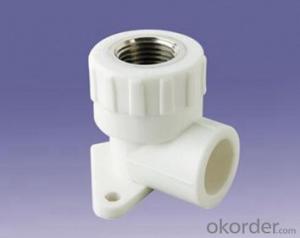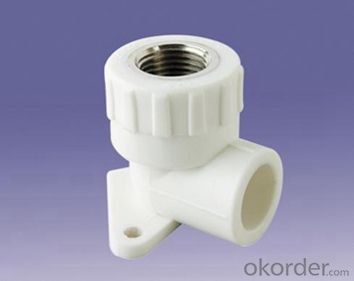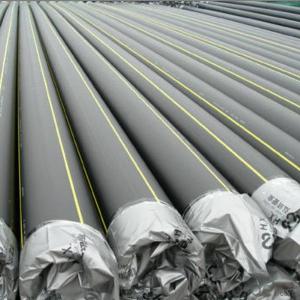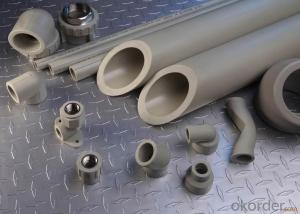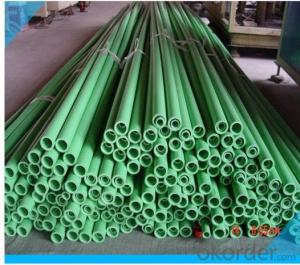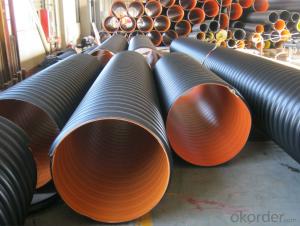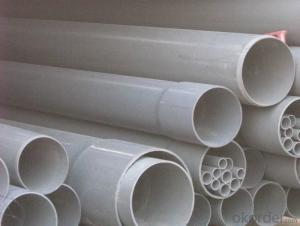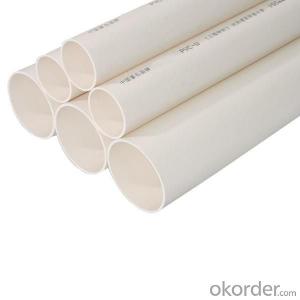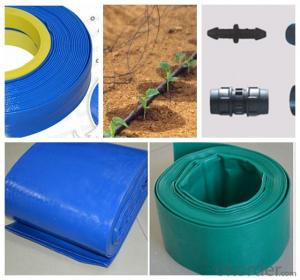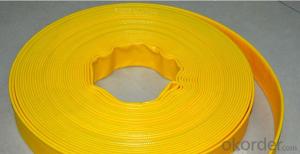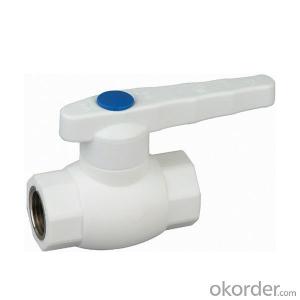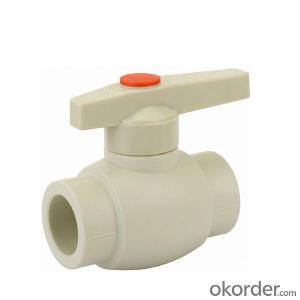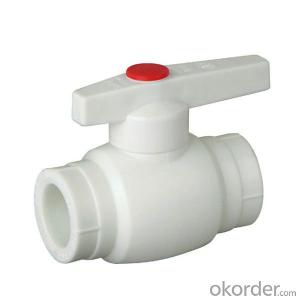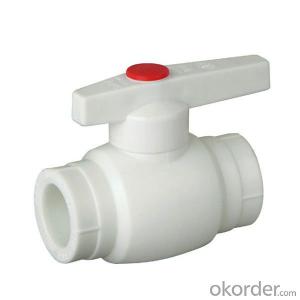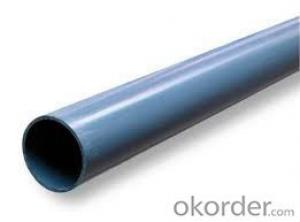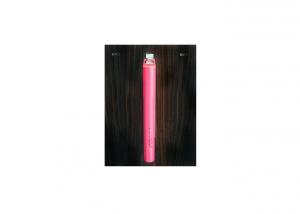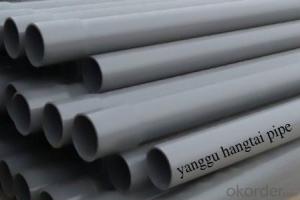Plastic Tubes PPR Type Hot Melt Copper Core Ball Valve of Hot and Cold
- Loading Port:
- Tianjin
- Payment Terms:
- TT OR LC
- Min Order Qty:
- 200 pc
- Supply Capability:
- 100000 pc/month
OKorder Service Pledge
OKorder Financial Service
You Might Also Like
Introduction:
The comprehensive technical performance and economic indicator of PP-R are much better than galvanized pipe, UPVC pipe, polyethylene-aluminum compound pipe, PE-X (cross-linked polyethylene) and polybutylene pipe etc. For this reason PP-R is the leading products and widely used for feed-water piping in developed countries in Europe and America.
German Standard DIN8077 and DIN8078.
Nowadays PPR pipes win more attention and have been used all over the whole world more widely with its excellent sanitization performance, high heat resistance, compression resistance, corrosion resistance, pliability and seismic performance which make PP-R the real environmental friendly pipe.
Packaging & Delivery:
1. Large carton:515x400x220 Cubage:0.04532 M3
Small carton:390x255x250 Cubage:0.0248 M3
2. PE poly bag+ cartonDelivery Detail: 15 days/ 20" container; 25 days/ 40HQ
Our Advantages:
1. Greatly reduced linear expansion coefficient, only 1/4 of that of PPR.
2. 100% oxygen tightness, suitable for heating system.
3. Improved resistant to impulse under low temperature, resistant to UV-rays.
4. Easily detected by detector when embedded, owing to the metal layer.
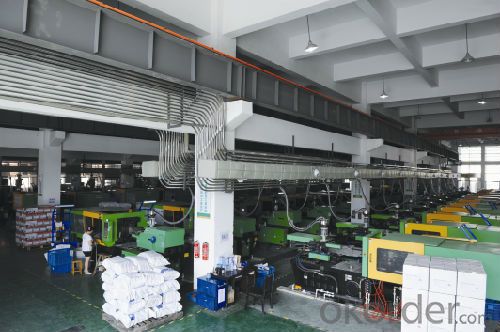

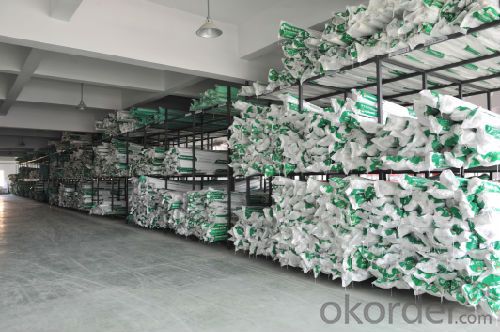
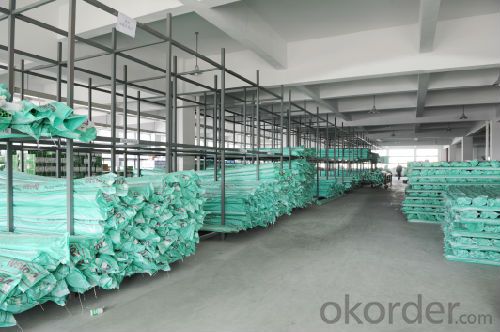
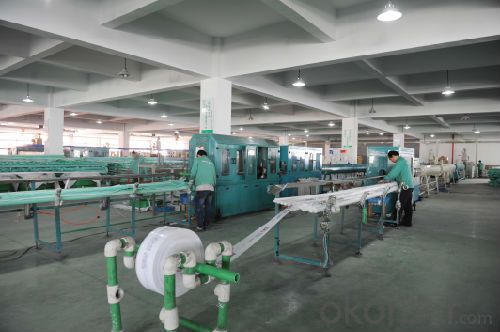
FAQ
Q1:How can i get a sample?
A1: You can get samples by communicate with our export sales.
Q2:How long is delivery?
A2:Delivery time will be 30-45 days according to order quantity.
- Q: Can plastic tubes be used for chemical dispensing?
- Yes, plastic tubes can be used for chemical dispensing. They are commonly used in various industries such as pharmaceutical, laboratory, and manufacturing, where they offer advantages like chemical resistance, durability, and ease of use. However, it is essential to select the appropriate type of plastic tube that is compatible with the specific chemical being dispensed to ensure safety and efficacy.
- Q: How do you store plastic tubes?
- Plastic tubes can be stored by organizing them in a designated container or drawer to keep them neatly arranged. It is also helpful to label or categorize them based on size, type, or purpose for easier access and identification.
- Q: The iron pipes and plastic pipes, that antifreeze
- If the plastic tube is not water minus 30 degrees is also fine, there is water 3-5 degrees below zero on the cracking of the. The iron pipes are much more affordable.
- Q: how we can design a simple total head tube ??
- A tube with an open ends and connected straight (at right angle) into the side of a pressure container like a pipe or a vessel is called a piezometer. Fluid will rise in the tube equivalent to the static pressure in the container. In a pipe the fluid will probably also be moving and so will have some dynamic energy. If the tube tip has been bent 90 deg. and inserted ( preferably to the center) so that active end is facing upstream, the impact of the moving fluid will convert to additional height of fluid in the tube so that the total head will be the sum of the static equivalent plus the velocity equivalent in feet or meters. That tube is sometimes called an impact tube. The best arrangement is to close the active end of the tube and drill a hole at 90 deg near the end. This allows for the straight tube to be more easily inserted through a small round opening with a sealing gland to stop leakage. This short part can be metal and a clear plastic or glass tube extension fitted to it. A Pitot tube is a combination of the two types of tube and is commonly utilized to measure velocity by subtracting the two heads. It is used in any fluid, water or air, open or contained. However, the Pitot like most other pressure devices usually employs a gage rather than open tubes. The open tubes will limit the amount of pressure to be measured because for each pound of measured pressure (psig), water will rise 2.31 feet.
- Q: What are the advantages and disadvantages of PPR plastic pipes compared with steel pipes?
- Power cost;4, corrosion resistance: with good acid, alkali, chemical resistance, electrical resistance, good corrosion resistance, the use of pitting will not occur;5 、 easy to install: flexible connection, rubber ring seal, easy installation, good sealing;6, long life: under normal working conditions, the service life of up to 50 years;7, non-toxic hygiene: in line with drinking water standards, the transmission of water from the two pollution;8, low cost: transportation and installation costs low, material costs cheaper, the total cost of the project than the cast iron pipeline savings of 30%.
- Q: How do you prevent plastic tubes from deteriorating?
- To prevent plastic tubes from deteriorating, it is important to store them properly by keeping them away from direct sunlight and extreme temperatures. Regular cleaning using mild soaps or detergents can also help remove any dirt or residue that could potentially accelerate deterioration. Additionally, avoiding exposure to harsh chemicals and using compatible materials for connections and fittings can contribute to the longevity of plastic tubes.
- Q: How do you prevent plastic tubes from cracking?
- To prevent plastic tubes from cracking, it is important to handle them with care and avoid applying excessive force or pressure. Additionally, storing the tubes in a cool and dry environment can help minimize the risk of cracking. Using appropriate fittings and connectors that are designed to handle the specific type of plastic material can also contribute to preventing cracks.
- Q: Can plastic tubes be used for insulation in HVAC systems?
- Yes, plastic tubes can be used for insulation in HVAC systems. They are commonly used to insulate pipes, ducts, and other components to prevent heat loss or gain and improve energy efficiency in HVAC systems. Plastic tubes offer various benefits such as easy installation, resistance to moisture and corrosion, and cost-effectiveness.
- Q: What is the maximum pressure that plastic tubes can handle?
- The maximum pressure that plastic tubes can handle varies depending on the type of plastic used and the specific design and thickness of the tube. Generally, plastic tubes can handle pressures ranging from a few hundred psi (pounds per square inch) to several thousand psi. It is important to consult the manufacturer's specifications and guidelines to determine the maximum pressure rating for a particular plastic tube.
- Q: Can plastic tubes be used for dental applications?
- Yes, plastic tubes can be used for dental applications. They are commonly used for various purposes such as delivering dental materials, suctioning fluids, and providing irrigation during dental procedures.
Send your message to us
Plastic Tubes PPR Type Hot Melt Copper Core Ball Valve of Hot and Cold
- Loading Port:
- Tianjin
- Payment Terms:
- TT OR LC
- Min Order Qty:
- 200 pc
- Supply Capability:
- 100000 pc/month
OKorder Service Pledge
OKorder Financial Service
Similar products
Hot products
Hot Searches
Related keywords
